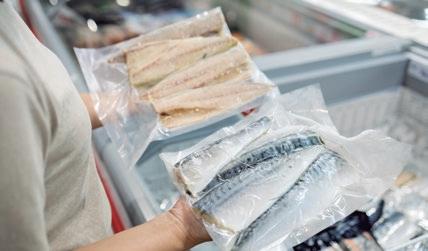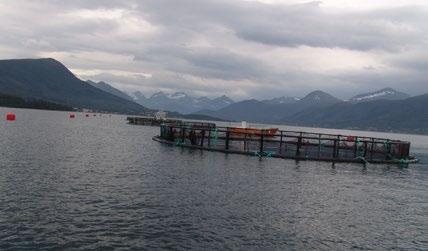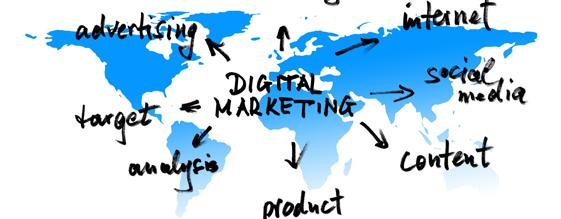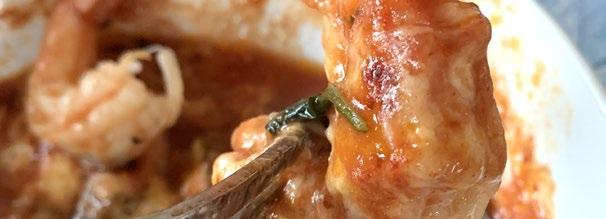
1 minute read
brief history of Shrimp farming in Europe.
ARTICLE
Optimal levels of fish meal and methionine in diets for juvenile Litopenaeus vannamei to support maximum growth performance with economic efficiency.
ARTICLE
Global adoption of aquaculture to supply seafood.
ARTICLE
Engineering plant-based feedstocks for sustainable aquaculture.


Editor and Publisher Salvador Meza info@dpinternationalinc.com
Contributing Editor Marco Linné Unzueta
Editorial Coordinator Karelys Osta edicion@dpinternationalinc.com
Editorial Design Perla Neri design@design-publications.com
Sales & Marketing Coordinator Juan Carlos Elizalde crm@dpinternationalinc.com
Operations Coordination Johana Freire opm@dpinternationalinc.com
Business Operations Manager Adriana Zayas administracion@design-publications.com
Subscriptions: iwantasubscription@dpinternationalinc.com
Design Publications International Inc. 401 E Sonterra Blvd. Sté. 375 San Antonio, TX. 78258 info@dpintertnatinonalinc.com
Office: +210 5043642
Office in Mexico: (+52) (33) 8000 0578 - Ext: 8578
Aquaculture Magazine (ISSN 0199-1388) is published bimontly, by Design Publications International Inc. All rights reserved. www.aquaculturemag.com
Follow us:
UPCOMING EVENTS
ADVERTISERS INDEX
Columns
38
Digital And Social Marketing Bytes

A/B Testing to improve your online marketing.

By: Sarah Cornelisse*
42
THE GOOD, THE BAD AND THE UGLY
What is the OIE and are they fulfilling their mandate to help aquaculture become sustainable?

By Stephen G. Newman Ph.D. * President and CEO AquaInTech Inc.
Anew cycle is beginning, Aquaculture 2023, an opportune moment to define and implement various productive programs, where we must consider, as an important and high priority, the environmental performance and its impact, which, by monitoring and managing the environmental impact of aquaculture, can identify high priority areas of opportunity for sustainable development; however, the use of cost-effective tools is necessary to demonstrate compliance with discharge permits. Research is needed to assess the interactions between aquaculture and the environment; in particular, conventional approaches are needed to assess the environmental carrying capacity of local growing areas during preliminary site assessment.
Although research on aquaculture production is being developed to meet the requirements of sustainable biotechnology packages, research is needed to assess the environmental impact of agricultural practices, for example on aquaculture farming systems. Specific environmental impacts and sources of risk that require research include benthic impacts and










